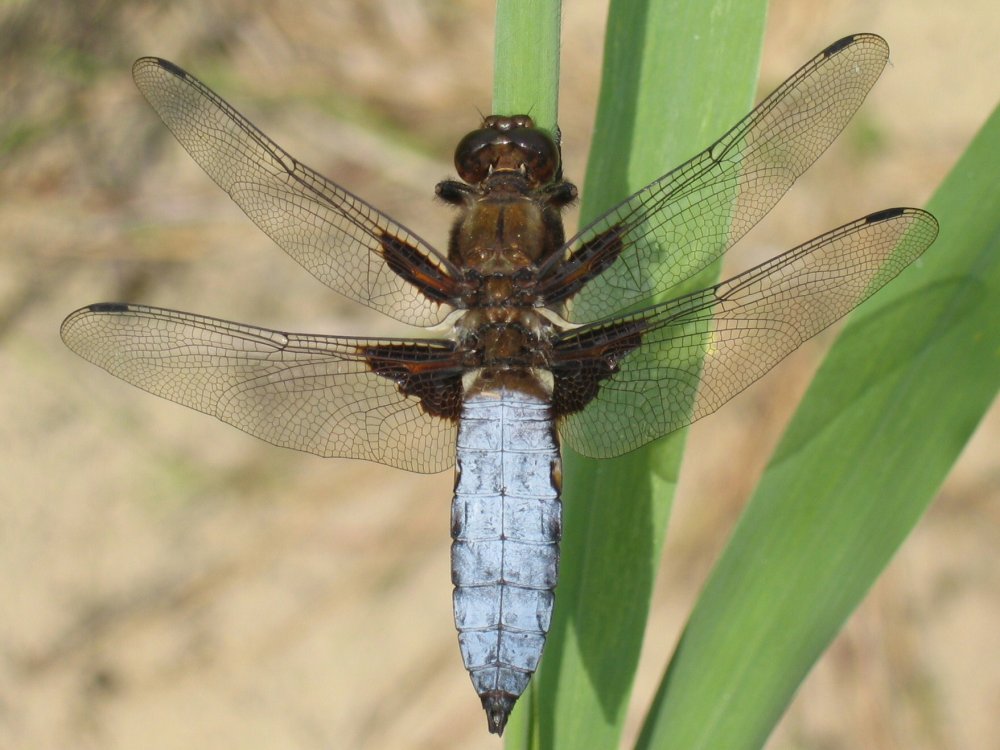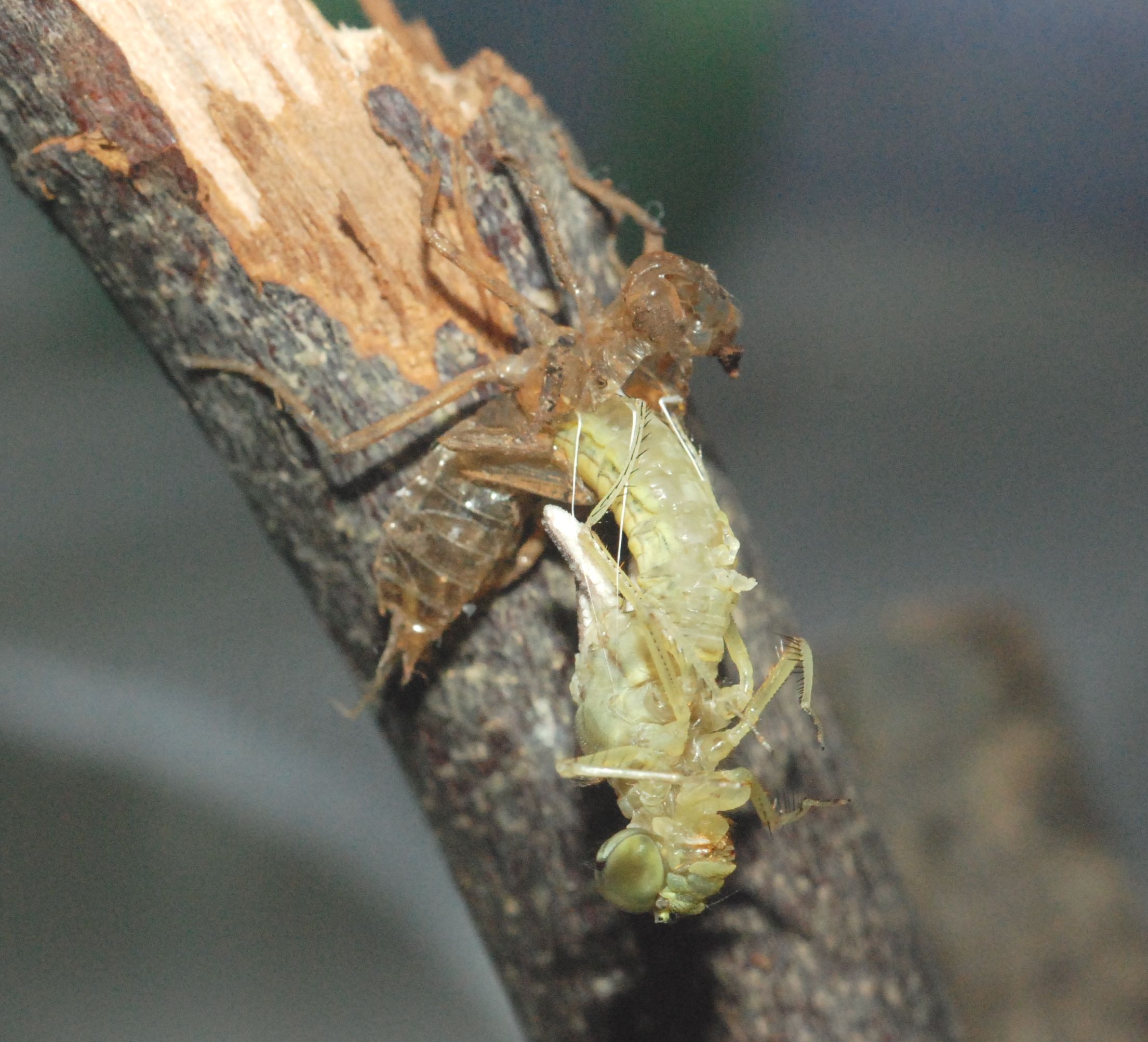

Because each wing is powered separately, dragonflies zip forward and backward, up and down, side to side, and hover with ease.

Precision flight is a dragonfly superpower. They have been observed flying south along the Oregon coast in late Sep–Oct, sometimes in swarms of mixed dragonfly species-a banquet for hungry birds, such as purple martins, Swainson’s hawks, and merlins. Unlike many dragonflies, some common green darner populations migrate. Because the rectum also contains the gills for “breathing,” it can forcibly expel the water it is drawing in and out for breathing to launch the fast attack! A spring-loaded labium (like a lower lip) grabs prey and pulls it back into mandibles. When still, darners hang from vegetation by their long legs, rather than perching upright.ĭragonfly larvae, called nymphs or naiads, are also predators of the aquatic world, where they spend most of their lives before metamorphosing into winged, terrestrial adults. Behavior and DietĬommon green darners are “hawkers,” catching tiny flies, leafhoppers, beetles, and even smaller odonates on the wing as they fly rapidly over open water or along shorelines. Nonbreeding common green darners may forage anywhere they can find prey, including dry areas and outside of North America. In summer, the common green darner buzzes around warm, still water, such as lakes, ponds, wetlands, marshes, and backwater areas of slow streams throughout North America. (Damselflies are smaller, more slender, and, with some exceptions, rest their wings vertically when perched.) Habitat and Distributionĭragonflies needs water to reproduce. Larvae of the common green darner are aquatic, lacking wings (though they do have small wing pads that grow with each molt) and living underwater in a very different, streamlined body form.ĭragonflies and damselflies compose the insect order, Odonata, named for toothlike ridges on their jaws. The female’s color, however, can vary considerably-even approaching the male’s bright blue. The male’s black abdomen has bright blue markings, unlike the duller, more brownish-orange abdomen of the female. Their large eyes, set in a greenish-olive head, and their solid green thorax (mid-section) help with identification. Adults have long abdomens (68–78 mm 2.6–3 in) and a 9–10 cm (3.5–4 in) wingspan.

Large-eyed and large-bodied, the common green darner ( Anax junius) dragonfly is a brilliantly colored member of the Aeshnidae (darner) family, common in the Pacific Northwest and in much of North America. Ovipositing female common green darner (left) in tandem position with male (right).


 0 kommentar(er)
0 kommentar(er)
